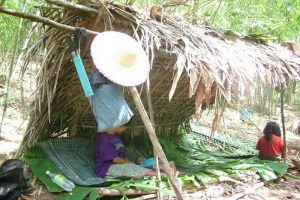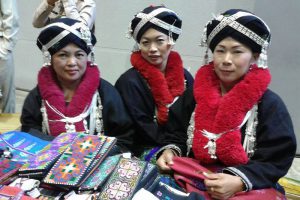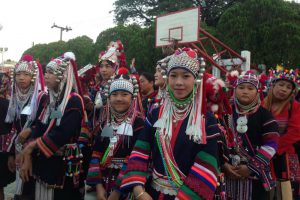Hmong People
Hmong People – Traditions and Villages of Northern Thailand
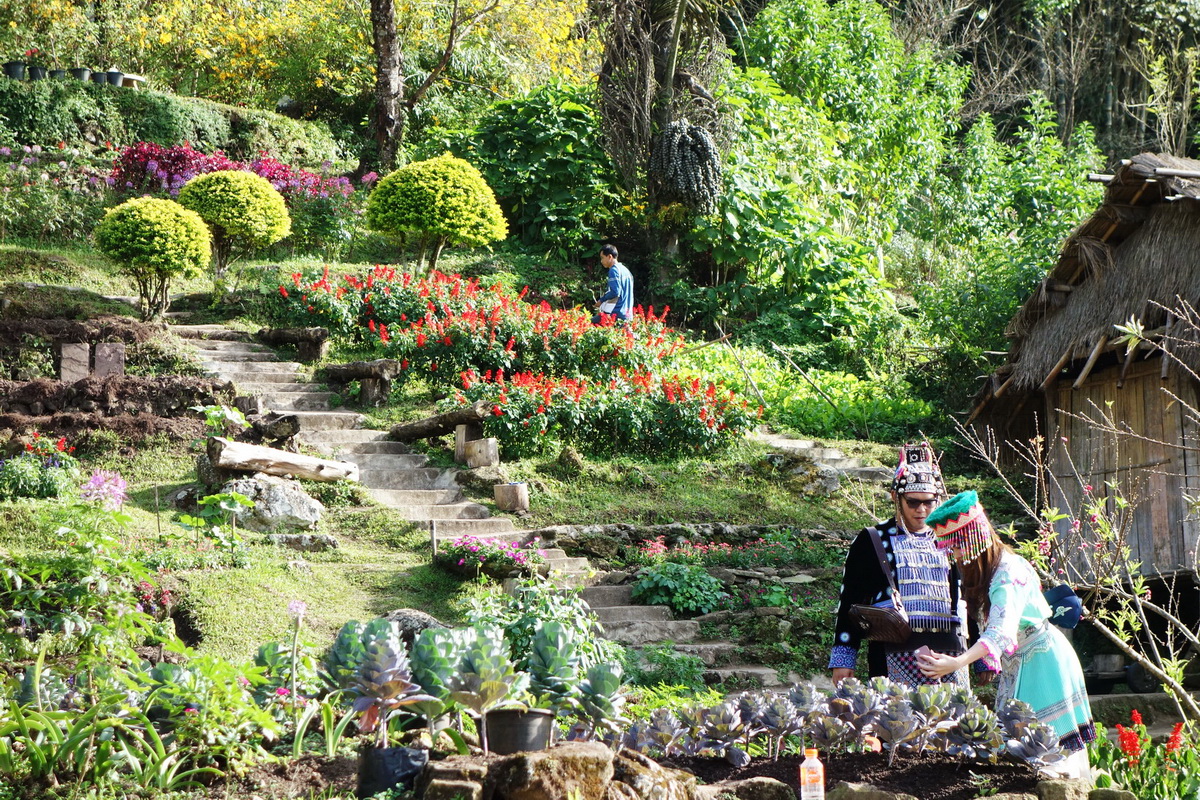
Explore the heritage of Hmong People in Northern Thailand. Visit colorful hill tribe villages, experience festivals, and discover their rich traditions.
🌄 Hmong People: History, Culture, and Traditions in Thailand
The Hmong hill tribe is one of the most recognized ethnic groups among the hill tribes of Northern Thailand. With a long history of migration and adaptation, the Hmong have settled across Southeast Asia, including China, Laos, Vietnam, Myanmar, and Thailand. Today, the largest Hmong community in Thailand can be found in Khao Kho District, Phetchabun Province, while significant populations live in Chiang Mai, Nan, and Mae Hong Son. Their story is one of resilience—shaped by forced evacuations, cultural continuity, and a rich tradition that still thrives in the highlands.
🏔️ History of the Hmong People
The Hmong have endured multiple waves of migration, often forced by political turmoil or conflict with neighboring groups. According to oral history and ethnographic accounts, they experienced four major evacuations:
-
First Migration (5,000 years ago): Originally known as Tyuj Liv, the Hmong lived near the Yellow River in China. Continuous conflict with the Huaj people led them to move south toward the Tangtse River.
-
Second Migration: The Hmong allied with the San Miao, another local group, but continued clashes with the Huaj forced them further south into San Wei and Yunnan.
-
Third Migration (1640–1919): Hmong groups fled south again during invasions and political unrest in the Zhou and later Qing dynasties.
-
Fourth Migration (1970–1975): Thousands of Hmong evacuated from Laos during the rise of communism, many resettling in Thailand and others seeking refuge in the United States.
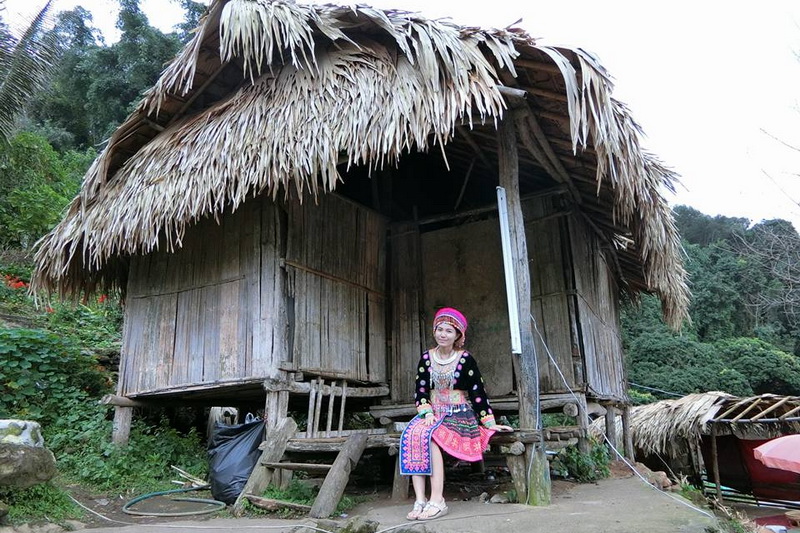
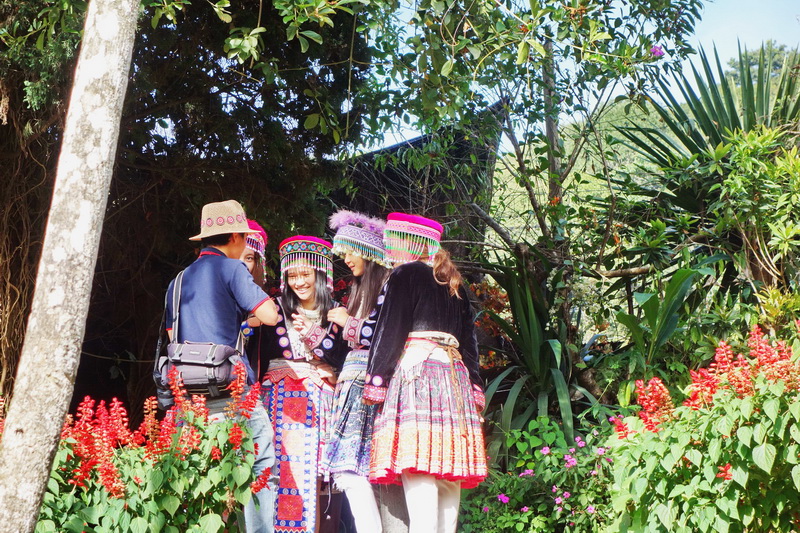
🚶 How the Hmong Came to Thailand
Hmong migration into Thailand began between 1844–1874. Early groups entered through Huai Sai and Chiang Khong in Chiang Rai Province, later moving into Chaiburi and Thung Chang in Nan Province. From there, they spread to Phu Kha, Na Haeo, and Dan Sai in Loei Province, before reaching Phetchabun. Over time, they established permanent villages across northern Thailand, often on high mountain ridges with fertile land for farming.
👗 Clothing and Dress Styles
Hmong clothing is one of their most recognizable cultural markers. Traditional garments are usually made of hemp or cotton and dyed in bold, dark colors, accented by colorful embroidery and silver ornaments.
-
White Hmong (Hmong Der): Women wear pleated white skirts covered with embroidered aprons. A red sash is tied at the waist, and a black embroidered head wrap is worn for special occasions. Men wear long felt shirts and Chinese-style trousers.
-
Green/Blue Hmong (Hmong Njua): Women wear dark blue or indigo skirts, often with red sashes and embroidered blouses. Hair is tied in buns and wrapped in decorative cloth. Men dress in black shirts and trousers with satin hats.
-
Black Hmong (Hmong Dub): Found mainly in Laos and Vietnam, their style is similar but features indigo-dyed clothing, pleated skirts, and elaborate embroidery. While rare in Thailand, their influence can still be seen in cross-border cultural exchanges.
Silver jewelry—necklaces, belts, and earrings—remains a symbol of wealth and beauty across all subgroups.
🎉 Festivals and New Year Celebrations
The most important annual event for the Hmong is the New Year Festival, celebrated after the harvest (November–January). This is a time for families to rest, honor spirits, and celebrate with music, games, and courtship rituals.
The highlight is the pov pob (ball toss), where young men and women toss cloth balls to one another in a playful social ritual that often leads to romance and marriage. The festival also includes crossbow competitions, music, and traditional dances.
The bamboo reed pipe known as the qeej is central to these events, played during ceremonies, weddings, and funerals, where its melodies are believed to carry messages between the human and spiritual worlds.
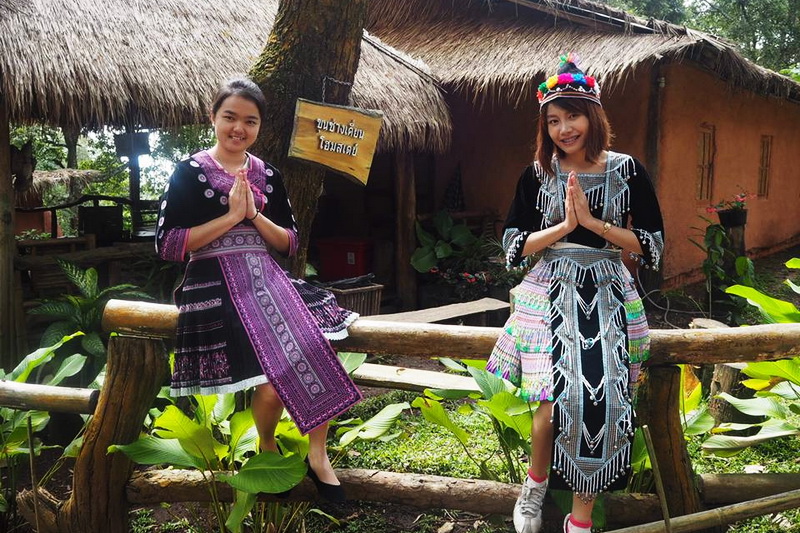
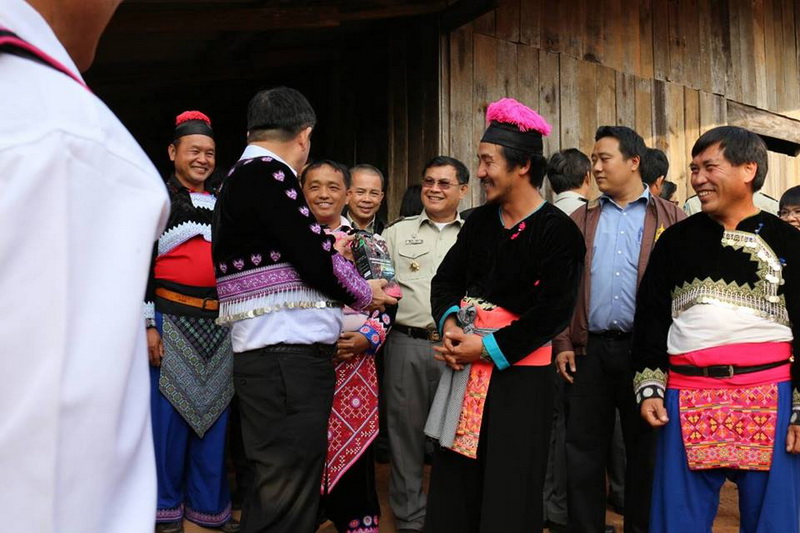
🌾 Kin Kao Mai: Ancestor Worship Tradition
Another important ritual is Kin Kao Mai, dedicated to the spirits of ancestors who protect the living. Families grow rice specifically for this ceremony. Once harvested, the rice is parched, pounded, and cooked, then offered alongside boiled chickens in elaborate rituals.
The worship includes several ritual positions known as Sue Kang, Dang Kho Jub, Dang Kho Jood, Dang Kho Jong, and Dang Ji Jang, each symbolizing respect and communication with ancestral spirits.
🧵 Farming, Crafts, and Economy
The Hmong were once shifting cultivators, clearing land for crops such as rice, corn, and opium. Today, they have shifted to highland cash crops through development projects—growing cabbages, strawberries, coffee, and flowers.
Handicrafts, particularly embroidered textiles and silver jewelry, remain vital sources of income. Markets in Chiang Mai and tourist villages like Doi Pui showcase their artistry, with many visitors purchasing handmade clothing, bags, and jewelry.
🌍 Responsible Tourism
To avoid the trap of treating communities as “human zoos,” visitors should approach Hmong villages with respect:
- Join community-led activities like embroidery workshops or farming tours.
- Pay fair prices for handicrafts without excessive bargaining.
- Ask permission before photographing people.
- Stay in homestays to support local families.
Such practices help preserve cultural dignity while giving travelers authentic experiences.
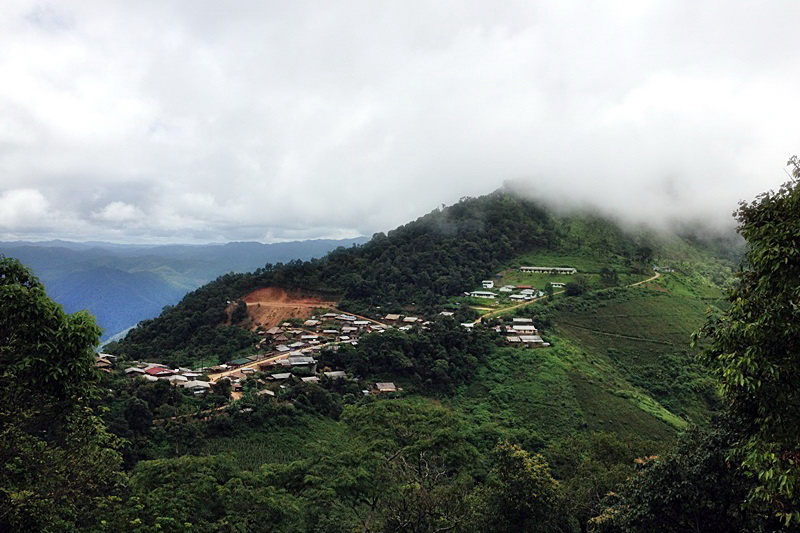
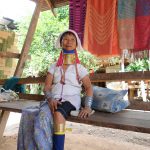 Previous Post
Previous Post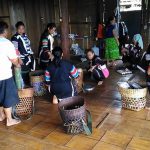 Next Post
Next Post